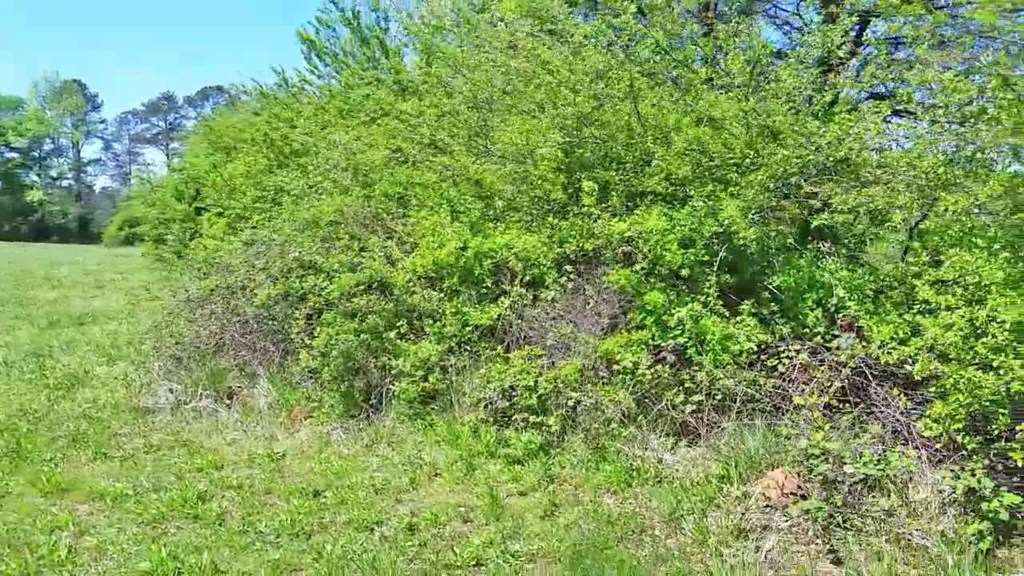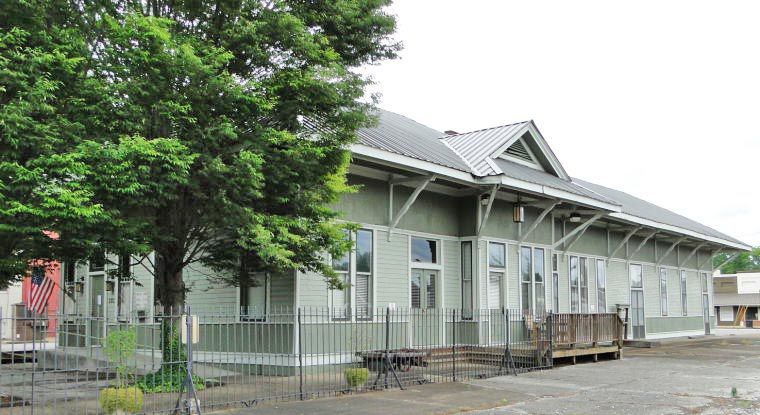Home & Garden Spot: The problem with privet
Published 4:45 pm Wednesday, August 14, 2019

- Without human intervention, privet will grow into a 15-foot, multistemmed tree.
Early in the spring, one cannot help but noticed the Chinese privet turning green. After Easter, privet loads the edges of the woods with large numbers of highly fragrant white flowers.
In the summer, however, we forget about this troublesome pest. In the forest, privet occupies 1 million acres of timberland, and is the second-most invasive plant. Japanese honeysuckle (the vine) wins the trophy in Alabama for being the most invasive plant in forested settings, growing on 2 1/2 million acres.
Over the last 30 years, as I have watched these two plants spread, it is my opinion that privet is the worst plant. Japanese honeysuckle is an edge plant that needs sunlight to grow. Once the forest closes the canopy, honeysuckle tends to die back if it cannot grow in the tops of the trees.
Privet, on the other hand, will exist as a whip in the understory of a forest just waiting for an opening. Once the opening occurs, the whip will quickly grow into a thick bush. Without human intervention, that bush will grow into a 15-foot, multistemmed tree. As these bush-trees grow, they shade the ground. Shade is the problem.
We have all pulled out little trees growing in our shrubs. Nicely pruned yardshrubs have sunlight reaching through them to the ground, so any seeds that land below the bush have an opportunity to germinate and grow.
Whenever I trim my shrubs, I always have to check for baby trees. Cutting the top of the tree does not kill the little tree. It merely sprouts a new branch within the bush, which turns upward, and that branch becomes the new tree top.
Sometimes the tree is cutback so often that it can develop a thumb-size or larger stem at the soil surface down below the bush. Many times this tree is impossible to pull out of the ground. When the tree is too large to pull, take a small pruning saw or loppers and cut it off and apply herbicide to the stump. This happens in our yards, but rarely does this happen in the forest.
Shade is the issue. Yard shrubs allow sunlight to penetrate them. Privet grown in the woods does not allow sunlight to reach the forest floor. Forest trees first filter out over half of the sunlight, then the privet bush-tree filters out the remaining sunlight.
Forest seeds that land on the ground under a privet bush-tree either get eaten by forest rodents, rot on the soil surface, or germinate begin to grow, then die in the shade. Our creekside hardwood bottoms are highly susceptible to privet infestations.
Privet loves moist forest soils. Because of this characteristic, many of our creek bottoms are becoming overgrown with privet. Large 100-foot tall oaks, yellow poplars, and cypress are being replaced with fifteen-foot tall privet forests.
Not only are the trees in danger of dying out, but the critters that depend on our native trees are also in danger. If you have an established privet forest, it may take herbicides to defeat the invaders. Attacking these invaders in the fall and winter with herbicides is a good way to improve one’s property. Contact your local Extension office for more information and help.
— Baril, an Extension forester with the Alabama Cooperative Extension System, works out of the Walker County Extension Office. For information on topics related to the home and garden, contact any office of the Alabama Cooperative Extension System. The Limestone County Office is located at 1109 W. Market St. in Athens. Office hours are 8 a.m.-4:30 p.m. Mondays through Fridays. For more information, call 256-232-5510 or visit www.aces.edu.





